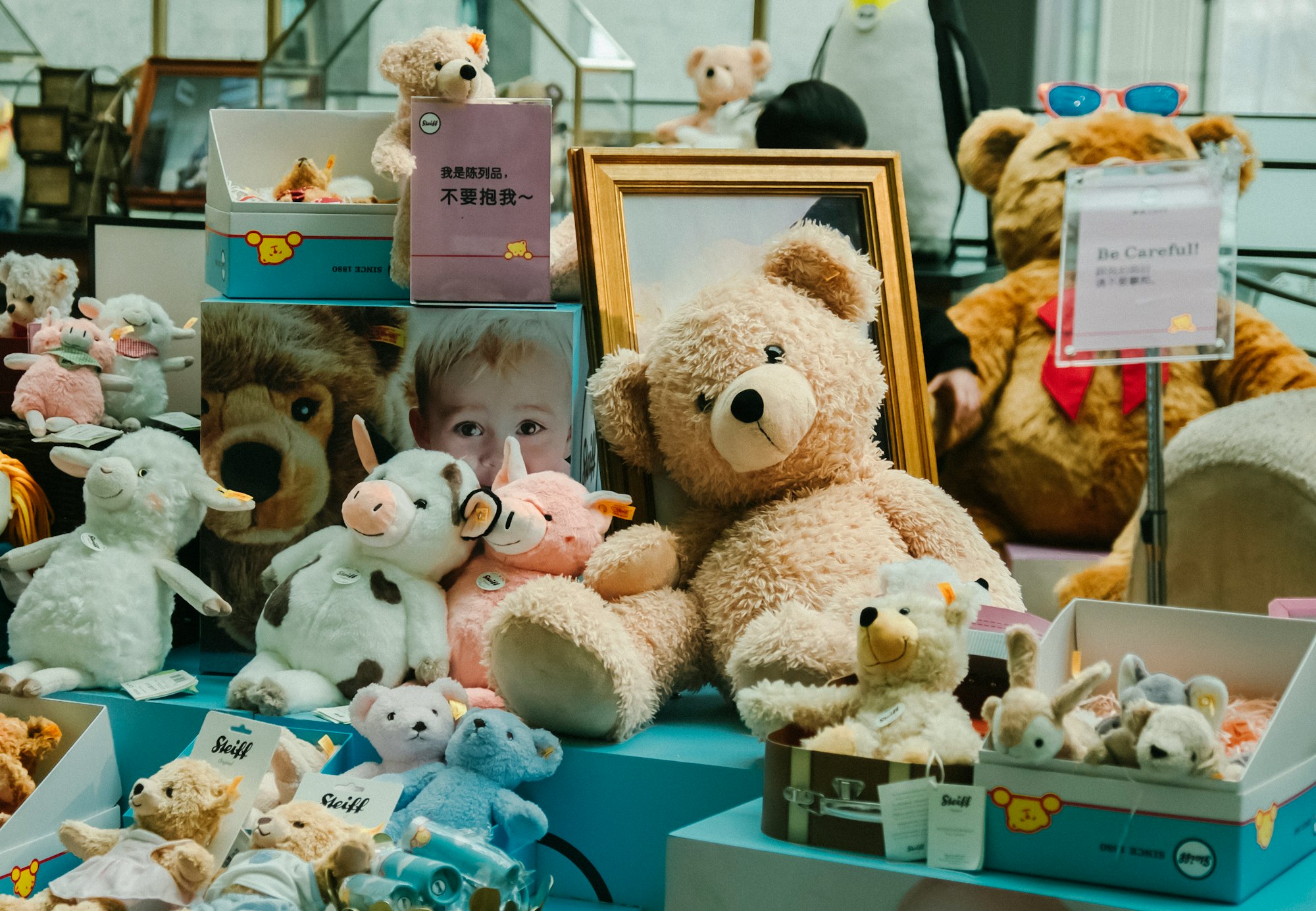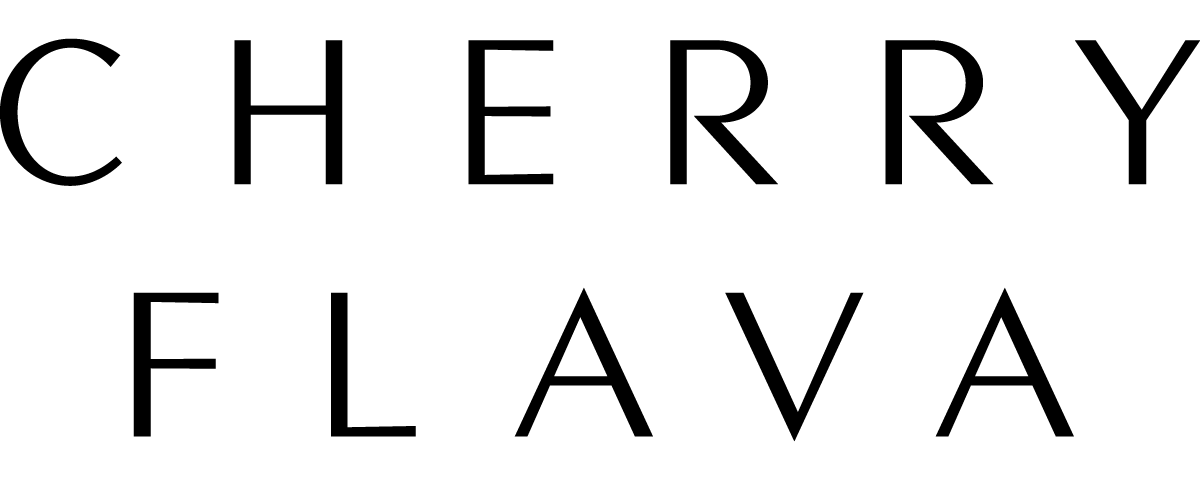The words we use when talking about the future are wrong
People have an emotional reaction to the future - they feel things, powerful things when they visualise the future.

It stuck me while reading an email thread of the Association of Professional Futurists, that the words that we use when talking about the future might actually be all wrong, and potentially misguiding.
Futurists refer to things like 'an image of the future' or the need to have a 'vision of the future'.
Intellectually yes - in the mind's eye a vividly, visual picture of the world that has yet to come into being is important and a good first step in an effort to better explore a futures context.
But people's personal relationship with the future isn't just restricted to simply 'seeing things'.
No.
People have an emotional reaction to the future - they feel things, powerful things when they visualise the future.
Many people feel a huge amount of pain and anxiety when they think about the future. Very few, it would seem, are filled with an overwhelming amount of joy and hope for the future.
The point is that the future is a feeling place, not an intellectual one; meaning that making good decisions about the future is not the same as making good decisions as to what you are going to eat for dinner tonight.
Future decision-making is tainted with emotion and personal bias. It's simply not a rational, logical exercise.
Which is ironic because many of the professionals who are tasked with exploring the future are so obsessed with sterile things like technology, government policy, demography, climate science and other empirical concepts that don't take into account how human beings might feel about the future they forecast.
The Brexit vote didn't succeed because everyone read an empirical report on the pros and cons of the United Kingdom leaving the European Union and decided on hard evidence that leaving was for the best.
People didn't choose to vote for Donald Trump in 2016 because his CV promised that he was a better candidate than anyone else on the list.
People made these choice from a place of fear, insecurity, worry, anger and frustration.
Better than a crystal ball
So if that is the case, why then does the World Economic Forum choose to use a picture of a crystal ball as the headline image of an important article on futures thinking?

The World Economic Forum - a well-respected and intellectually advanced world leader in asking important questions of the future, really have no clue as to what futures studies is, or how it really links back to human beings and the emotions that thinking about the future create if they think a crystal ball is the right image to capture the discipline.
Our suggestion (although admittedly and sadly one that will be outright rejected with anger by futures intellectuals and academics) for an image that better represents what futures work tries to achieve, is that of the humble teddy bear.
Teddy bears comfort children when they feel uncertain and fearful. It's an emotional aid that doesn't take the perceived threat away, but helps a child to face the uncertainty with bravery and hope. Decisions are easier to make when your favourite bear has got your back.
It's when futurists ignore the scared children living inside the adults that are making the decisions that guide the path that the world takes into the future that we end up with major problems.
Until such time as we recognise this - future studies will continue to be seen as an intellectual field beset by and ongoing dialogue about blockchain and climate change and the future of work that really gets us nowhere.


